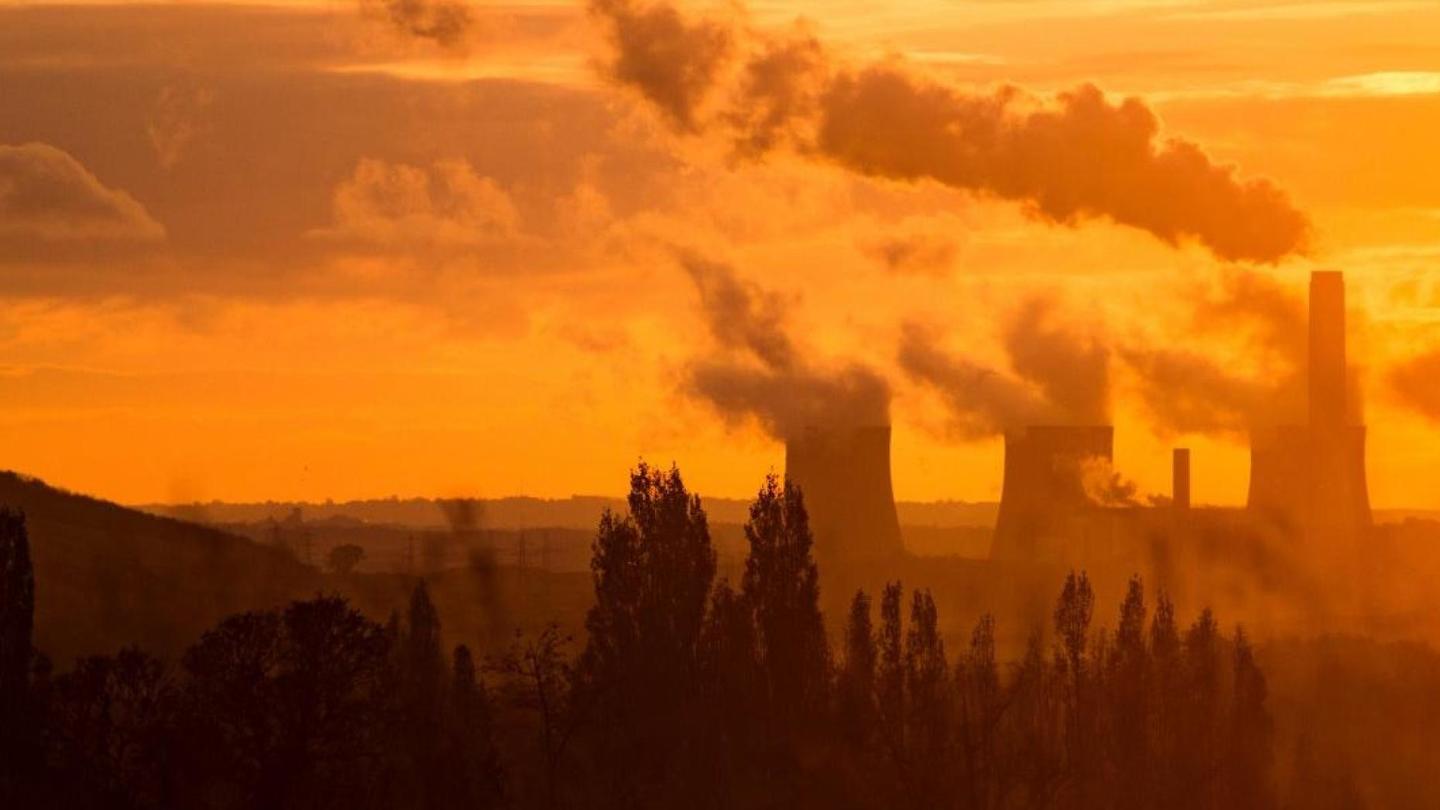Carbon Dioxide Emissions More Costly to Society Than Previously Thought

Amulti-year study of the social cost of carbon, a critical input for climate policy analysis, finds that every additional ton of carbon dioxide emitted into the atmosphere costs society $185 — far higher than the current federal estimate of $51 per ton.
After years of robust modeling and analysis, a multi-institutional team led by researchers from Princeton University, the University of California, Berkeley and Resources for the Future has released an updated social cost of carbon estimate that reflects new methodologies and key scientific advancements.
The study, published in the journal Nature, finds that each additional ton of carbon dioxide emitted into the atmosphere costs society $185 per ton – 3.6 times the current U.S. federal estimate of $51 per ton.
“Our study provides a scientifically grounded, evidence-based social cost of carbon estimate that suggests the federal government has been underestimating climate policy benefits by a large margin,” said Frank Errickson, one of the study’s primary authors and a postdoctoral research associate at Princeton’s Center for Policy Research on Energy and the Environment.
The social cost of carbon is a critical metric that measures the economic damages, in dollars, that result from the emission of one additional ton of carbon dioxide into the atmosphere. This metric, which draws on climate science, economics, demography, and other disciplines, puts the effects of climate change into economic terms to help policymakers and other decision-makers understand the economic impacts of decisions that would increase or decrease emissions. A high social cost of carbon can motivate more stringent climate policies, as it increases the value of estimated benefits of reducing greenhouse gases.
Leading researchers from institutions across the United States prepared this new estimate together, responding to a 2017 report by the National Academies of Sciences, Engineering, and Medicine that determined the previous estimation methodologies used by the U.S. federal government had not kept pace with recent advances in climate, economic, and demographic science. The 2017 National Academies report offered specific recommendations for improving the social cost of carbon estimation process, and this Nature study fully responds to these points.
The new study draws upon more recent, more accurate, and more scientifically sophisticated socioeconomic projections, climate modelling, climate impact assessments, and economic modeling to provide an updated social cost of carbon. More specifically, the study’s advances include consideration of the probability of different socioeconomic and emissions trajectories far into the future; the incorporation of a modern representation of the climate system; and state-of-the-science methodologies for assessing the effects of climate change on agriculture, temperature-related deaths, energy expenditures, and sea-level rise.
Others are looking at the social costs of greenhouse gases including a federal interagency working group, which is in the process of updating its social cost of carbon estimate using the 2017 recommendations of the National Academies report.
“We hope that our research helps to inform the anticipated updated social cost of carbon from the government’s interagency working group,” said Brian Prest, coauthor and director of Resources for the Future’s Social Cost of Carbon Initiative. “Decisions are only as strong as the science behind them. And our study finds that carbon dioxide emissions are more costly to society than many people likely realize.”
In addition to providing an updated cost figure, the researchers have made the new model they developed open sourced, meaning researchers from any field can use it, build upon it and update it as the field advances and as better data continues to become available.
“The hope is that it’s easy for people that aren’t computer scientists to come in and swap out a piece of the model where they’re an expert and improve it,” Errickson said.
The paper, "Comprehensive Evidence Implies a Higher Social Cost of CO2," first appeared in Nature on September 1, 2022. The study’s co-lead authors are David Anthoff (University of California, Berkeley) and Kevin Rennert (Resources for the Future). The study's co-second authors are Frank Errickson (Princeton University), Brian C. Prest (RFF), and Lisa Rennels (University of California, Berkeley). Additional authors include Richard G. Newell (RFF), William Pizer (RFF), Cora Kingdon (University of California, Berkeley), Jordan Wingenroth (RFF), Roger Cooke (RFF), Bryan Parthum (US Environmental Protection Agency), David Smith (US Environmental Protection Agency), Kevin Cromar (New York University), Delavane Diaz (Electric Power Research Institute), Frances C. Moore (University of California, Davis), Ulrich K. Müller (Princeton University), Richard J. Plevin, Adrian E. Raftery (University of Washington), Hana Ševčíková (University of Washington), Hannah Sheets (Rochester Institute of Technology), James H. Stock (Harvard University), Tammy Tan (US Environmental Protection Agency), Mark Watson (Princeton University), and Tony E. Wong (Rochester Institute of Technology).
This story was adapted from a news release written by Resources for the Future; with Keely Swan, Center for Policy Research on Energy and the Environment at the Princeton School of Public and International Affairs. Molly Seltzer and B. Rose Huber contributed to the story.
